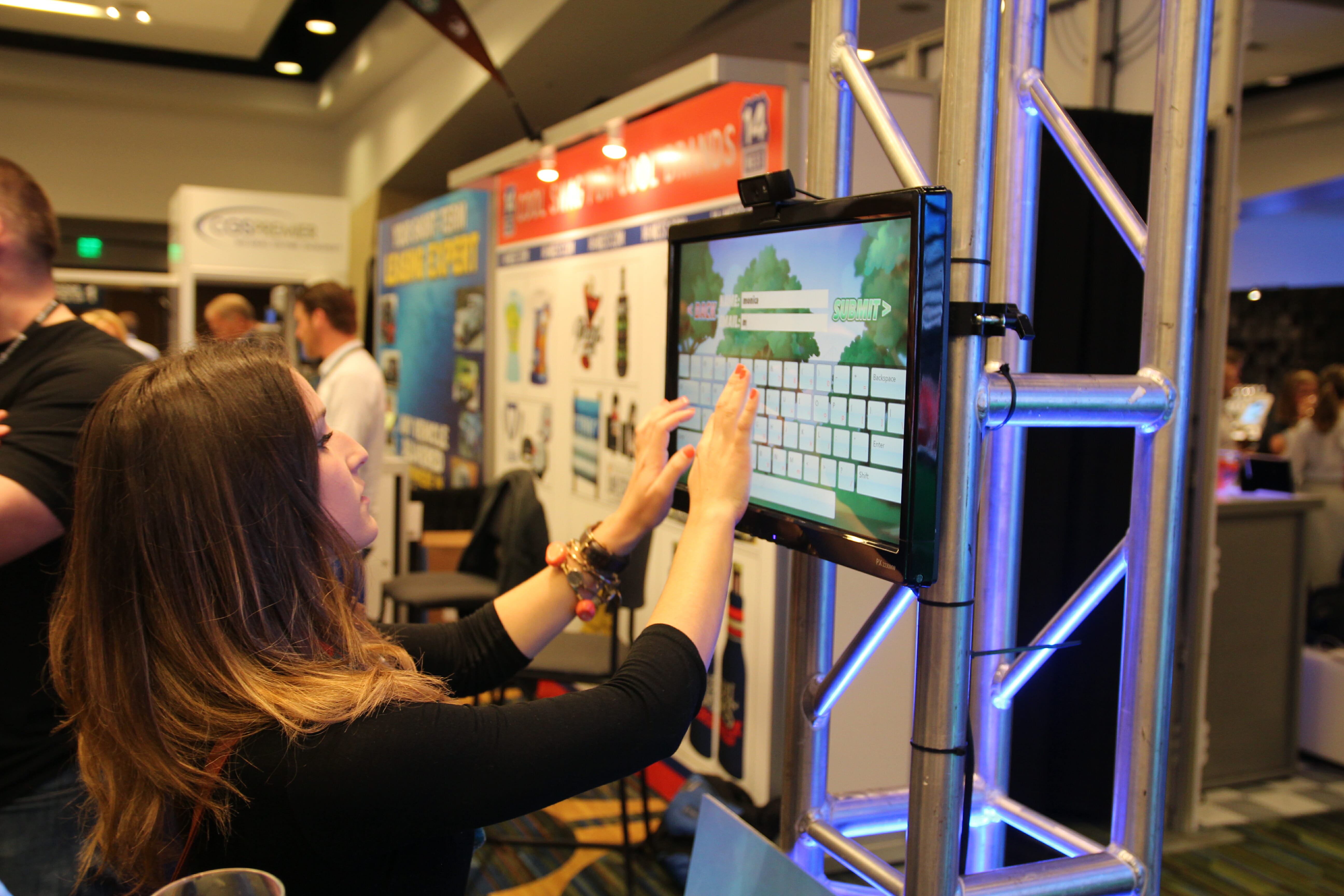In a world of constantly changing technology and devices that connect to everything, people are demanding more: faster internet, better fuel economy, more reliable cell coverage, longer-lasting batteries — you name it. Architecture hasn’t escaped the crosshairs, with many building owners looking for ways to outfit their existing spaces and bring creative features into new buildings.
Experiential spaces are environments that draw an emotional connection to anyone who enters them. This connection generally happens through the use of multimedia canvases, lighting elements, experiential audio cues, and interactive assets, which are threaded directly throughout the space.
Including these elements transforms ordinary places into brand destinations — a space where potential customers can truly experience a brand.
Netflix is capitalizing on the experiential space trend with its 24,000-square-foot FYSee space, where it’s creating an immersive exhibit to screen its original shows and host conversations with the shows’ stars. The streaming service is trying to enhance its chances of winning multiple Emmys for its shows. To enhance the personal, exclusive feeling of FYSee, Netflix isn’t saying publicly where the space is located and is only inviting industry professionals.
Fostering Growth and Development
Experiential spaces foster the growth and development of companies and brands. This can happen in just about any industry, but retail, corporate, and hospitality are three industries where experiential spaces can really leave a mark.
Many retailers are outfitting their stores with cutting-edge technologies, interactive art, and other elements that transform them into brand destinations. A good example is the toy store JouJou located in Salt Lake City, which features an installation of animated monsters triggered by motion. This draws people into the small toy store who might otherwise pass right by.
Experiential elements attract customers looking for immediate purchasing and those looking for the experience. This gives brands more chances to convert sales.
Nike and adidas are pushing the boundaries of experiential spaces within their retail environments. They’ve installed creative interactive pieces that promote well-being and allow customers to try out their athletic wear in an in-store experience that mimics a real-world experience. Adaptive lighting, large video walls tied to endless runner-style game controllers, and guided fitness platforms also encourage actual shoe use in the store. It’s all about the experience.












